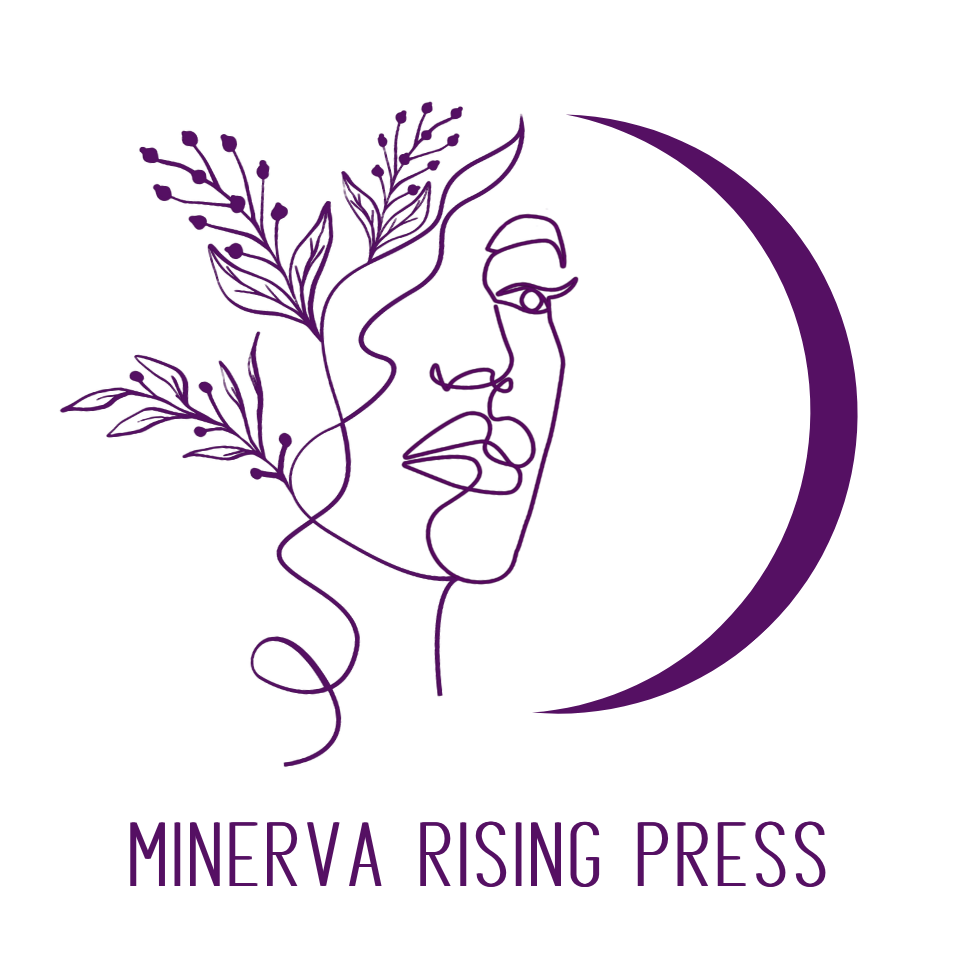Rejection has been my middle name lately when it comes to submitting poetry to literary journals. But apparently, according to more experienced poets, that’s a good thing. One poet emailed me, “If you’re not getting rejected 95% of the time, you’re not submitting to competitive enough journals.” Wait, what? Rejection is good?
Here are some of my thoughts (still evolving) about submission and rejection:
1. Most good poets get rejected most of the time. I know poets who get a glorious book acceptance one day, and then three journal rejections the next day for groups of those same poems. But look at it like this: If a journal receives 1,500 submissions of five poems a year, and they have 80 poem slots in their four annual issues, that’s 80 out of 7,500 poems. So a rejection isn’t a referendum on your work. My poem that was selected to appear in Best New Poets 2014 had been passed on by a number of journals and also heavily (not in a good way) critiqued in a writing workshop. But Best New Poets guest editor Dorianne Laux believed in my poem enough to give it a chance. The point is, you need the right editor or reader at the right time to take your work. So keep submitting until your work finds a home, revising along the way.
2. Don’t (totally) believe in the bubble of awesomeness. I’ve connected with lots of great poets I admire on Facebook and Twitter, and daily, my feed is a parade of poetry acceptances in top-tier journals, book contest wins and so on. When I’ve had a string of rejections, I wonder what I’m doing wrong. Recently, when I congratulated a poet I’d become friendly with on her full-length acceptance, she told me that it had taken her five years and 80 rejections to get her acceptance. So, most people aren’t posting about their rejections. Are you? So, the point is behind every acceptance are a lot of rejections. Also, if you’re following the best of the best in your field, you’re going to be surrounded by awesomeness. That’s what you want for networking purposes and opportunities and just being part of a community of like-minded artists. But remember that if you’re following these great writers, you’ll also find cool new journals to send your work to — a big plus.
3. Plan your attack. When I have a packet of five to eight new poems, I make a list of journals to send them to: one or two dream, top-tier journals, mid tiers, fledgling and one or two indie, oddball ones that I’m crushing on at the moment. I also use Duotrope.com to learn more about new journals, which are the most competitive and the most approachable, and which have the fastest and slowest response times. And, when you receive a rejection, send another packet out. I keep a list of the journals that I want to submit to — and it’s great when I send work out to one, and I know that my poems are at least being considered.
4. You should also read articles about rejections. There are some great ones out there — check out this piece from poet Les Kay on the Sundress blog where he writes about the stress of trying to get a book published just to snag a professor job. Writer Nathaniel Tower (who’s been rejected 700 times) writes about the 10 levels of poetry rejections (yep, I’ve gotten a bunch of these and he’s right on). And one more from Susan Rich, who writes about the horrors of a super-personal rejection (it’ll make you feel better).
So keep writing. Those shiny acceptances in the middle of the rejection river are truly fabulous.


